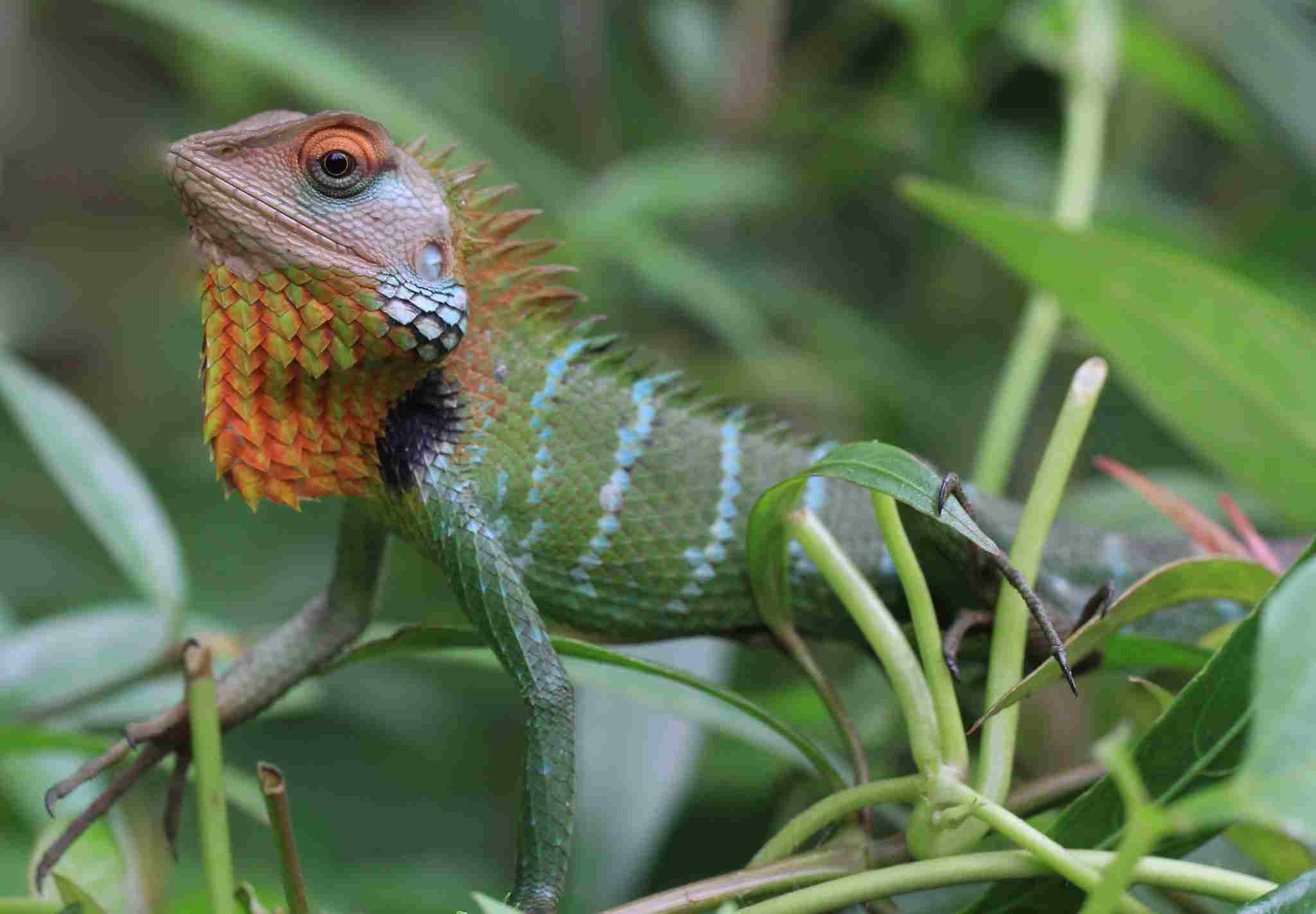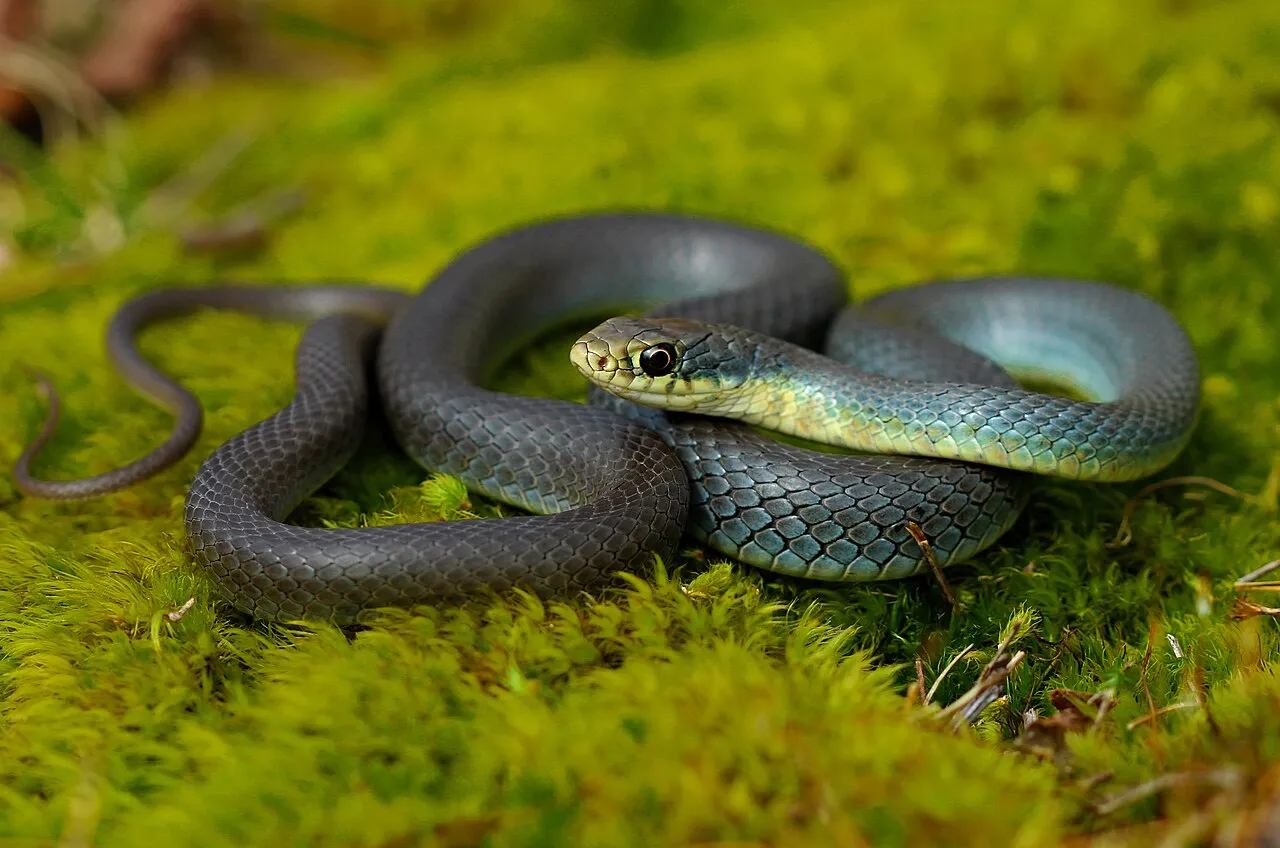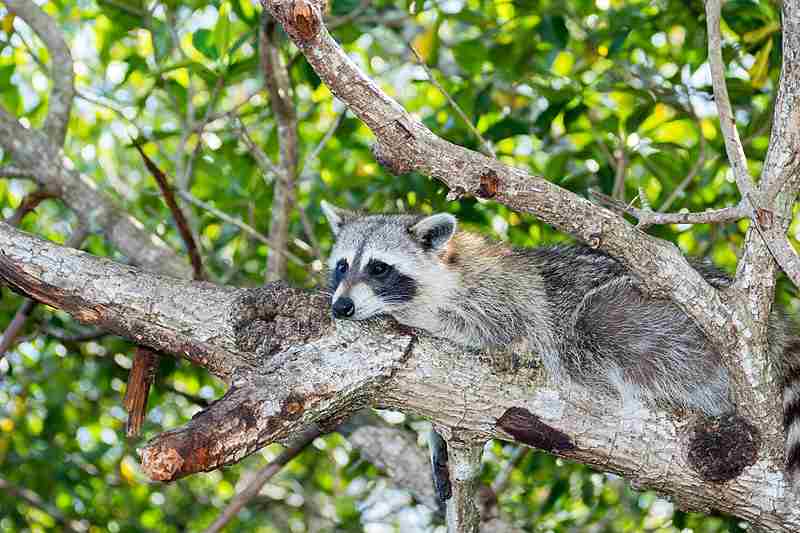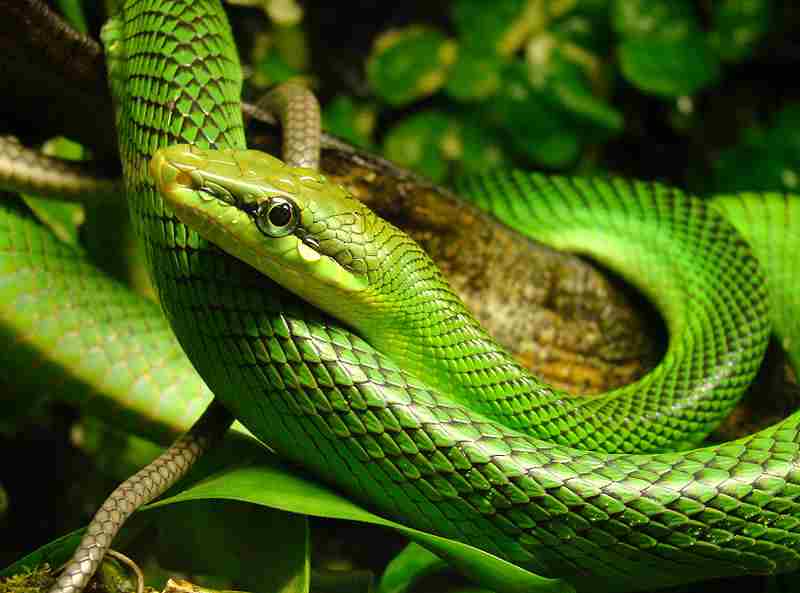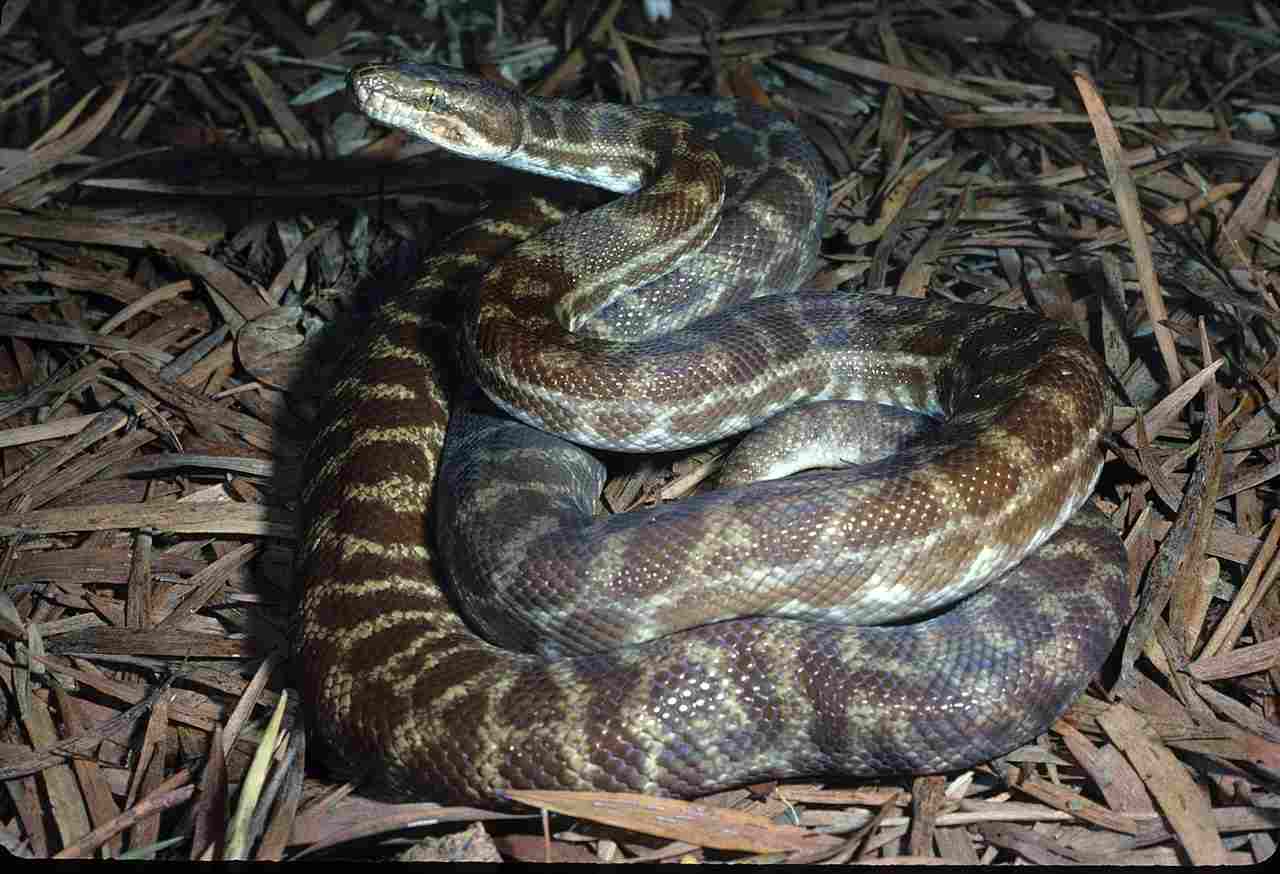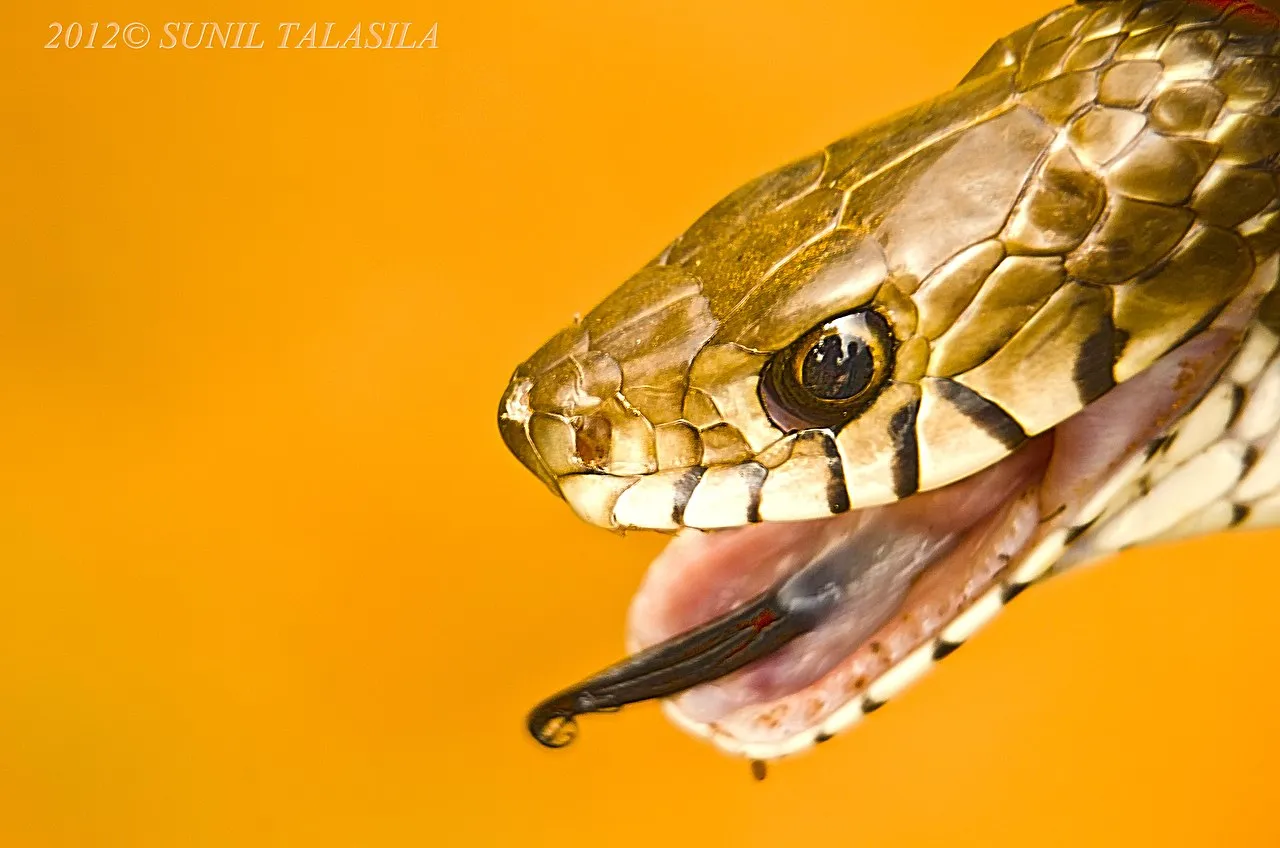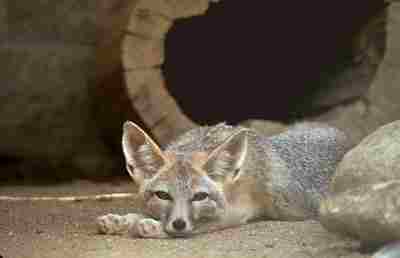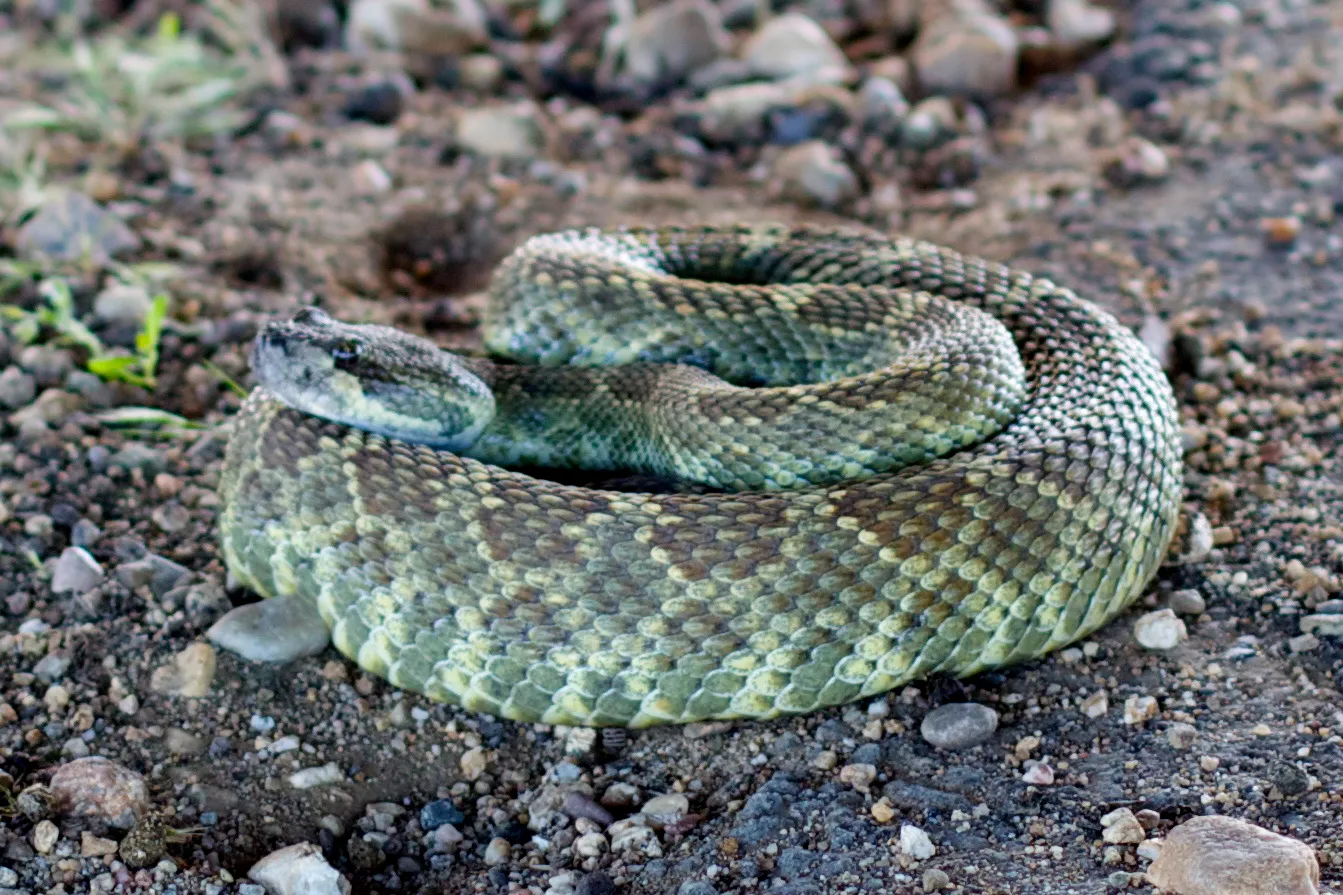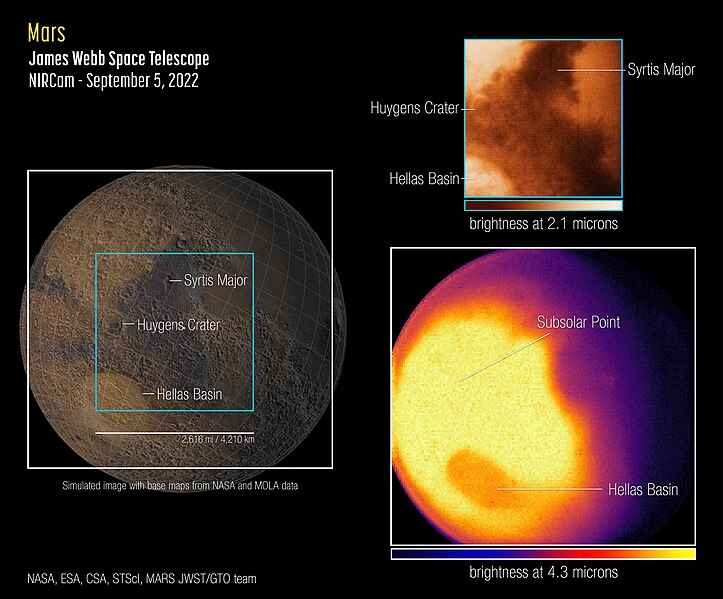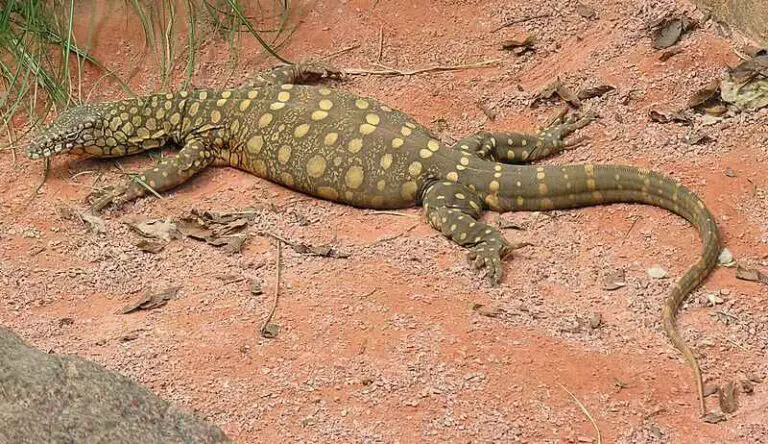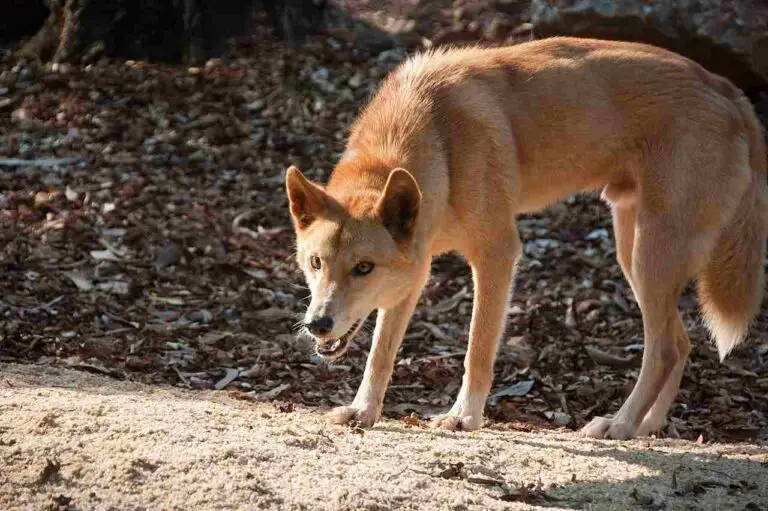Mojave Shovel Nosed Snake Facts, Characteristics
The Mojave shovel-nosed snake, scientifically classified as Chionactis occipitalis, includes the subspecies Chionactis occipitalis annulata. It typically measures between 12 to 20 inches in length, with a shovel-shaped snout and light brown to reddish-brown coloration. Primarily feeding on small prey like lizards and insects, these snakes exhibit nocturnal and fossorial behavior, inhabiting arid regions across the southwestern United States and parts of Mexico. Conservation efforts focus on preserving their habitats due to threats such as habitat loss and road mortality, despite their classification as Least Concern.
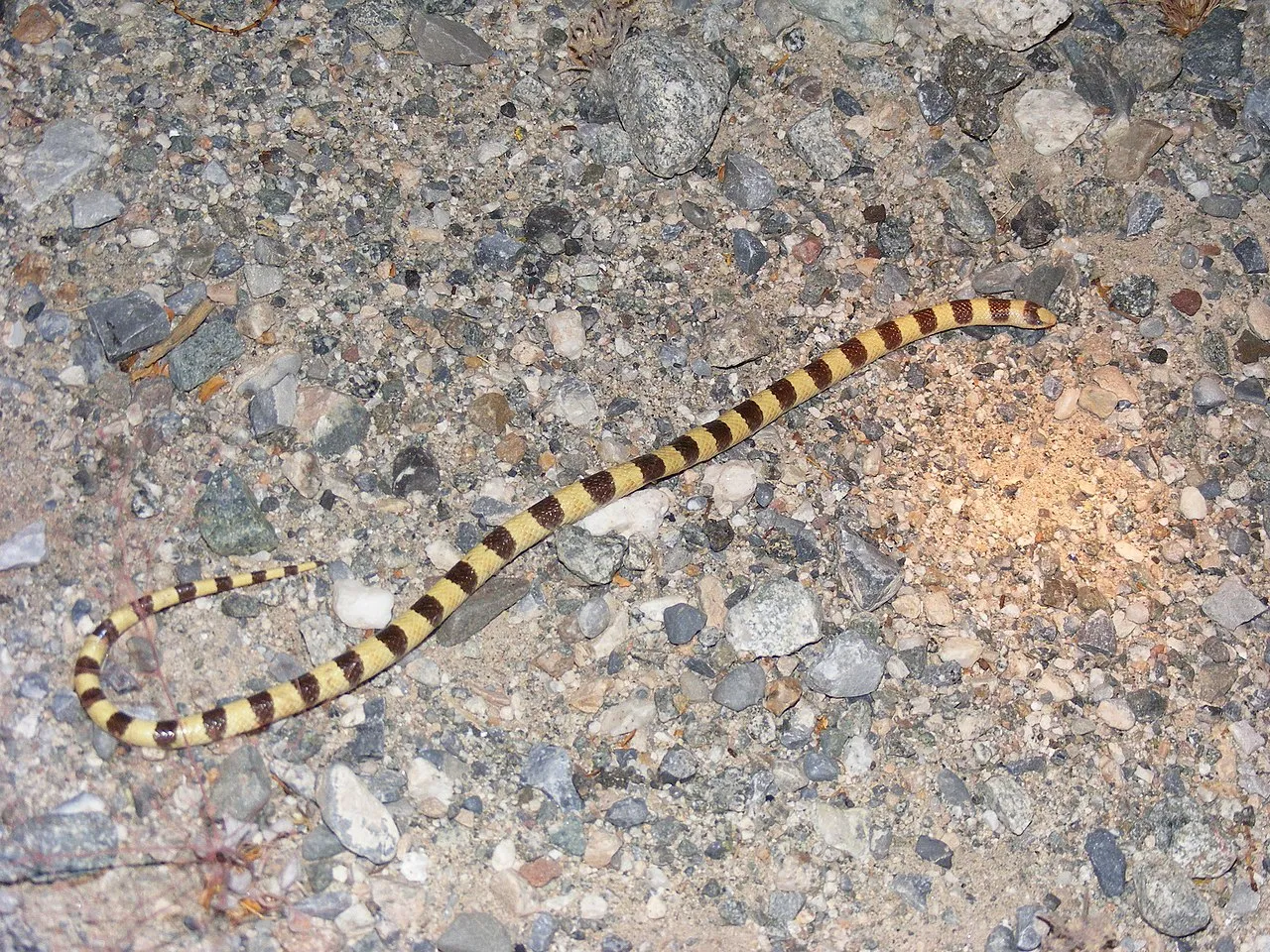
*Facts About The Mojave Shovel Nosed Snake
- The Mojave shovel-nosed snake is scientifically known as Chionactis occipitalis.
- It includes the subspecies Chionactis occipitalis annulata.
- Typically, it measures between 12 to 20 inches in length.
- The snake has a shovel-shaped snout and light brown to reddish-brown coloration with dark markings.
- Its diet consists mainly of small prey such as lizards and insects.
- Mojave shovel-nosed snakes are nocturnal and spend much of their time burrowed underground.
- They inhabit arid regions including desert scrub, sandy flats, and rocky outcrops.
- Found primarily in the southwestern United States and parts of northwestern Mexico.
- The species lays eggs in underground burrows or concealed locations.
- Their lifespan is estimated to be several years in the wild.
- Adaptations include specialized features for burrowing and camouflage.
- Classified as Least Concern, but faces threats like habitat loss and road mortality.
- Not commonly kept as pets due to specialized habitat requirements.
| Criteria | Details |
| Scientific Classification |
– Kingdom: Animalia
– Phylum: Chordata
– Class: Reptilia
– Order: Squamata
– Family: Colubridae
– Genus: Chionactis
– Species: Chionactis occipitalis
– Subspecies: Chionactis occipitalis annulata
|
| Subspecies |
Mojave shovel-nosed snakes include the recognized subspecies Chionactis occipitalis annulata.
|
| Size and Weight |
Typically measure between 12 to 20 inches in length.
|
| Appearance and Identification |
Light brown to reddish-brown coloration with dark markings, shovel-shaped snout.
|
| Dentition and Bite Force |
Possess small, rear-facing teeth adapted for grasping prey.
|
| Diet |
Primarily feed on small prey such as lizards and insects.
|
| Behavior |
Nocturnal and fossorial, spending time burrowed underground.
|
| Sounds/Vocalization |
Not known for vocalizations, rely on visual and chemical cues.
|
| Habitat |
Inhabit arid and semi-arid regions, including desert scrub, sandy flats, and rocky outcrops.
|
| Geographic Range and Distribution |
Found in the southwestern United States and parts of northwestern Mexico.
|
| Tracks |
Tracks are not well-documented due to their secretive nature.
|
| Reproduction |
Oviparous, laying eggs in underground burrows or concealed locations.
|
| Lifespan |
Estimated to be several years in the wild.
|
| Major Adaptations |
Specialized anatomical features for burrowing and camouflage.
|
| Conservation Status |
Classified as Least Concern, facing threats such as habitat loss and road mortality.
|
| Domestication and Suitability as a Pet |
Not commonly kept as pets due to specialized habitat requirements.
|
1. Scientific Classification:
Kingdom: Animalia
Phylum: Chordata
Class: Reptilia
Order: Squamata
Family: Colubridae
Genus: Chionactis
Species: Chionactis occipitalis
Subspecies: Chionactis occipitalis annulata
2. Subspecies:
Details: Mojave shovel-nosed snake (Chionactis occipitalis) has a recognized subspecies known as annulata.
Importance: Understanding subspecies helps in studying regional variations in morphology, behavior, and ecology, contributing to a better understanding of biodiversity.
Ecological Implications: Subspecies differentiation can indicate local adaptations to specific environmental conditions, aiding conservation efforts by highlighting areas of high genetic diversity.
3. Size and Weight:
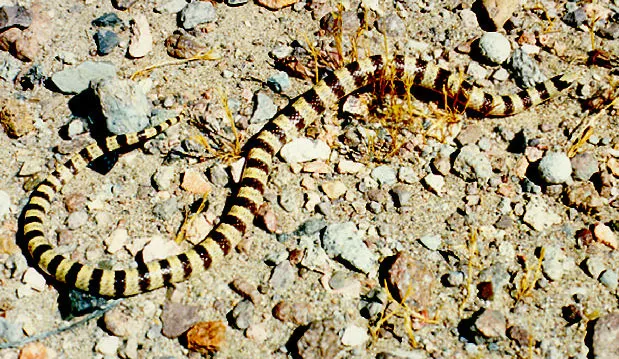
Details: Typically, Mojave shovel-nosed snakes measure between 12 to 20 inches in length, with variations depending on age and sex.
Importance: Size and weight influence the snake’s ecological role, prey selection, and predator avoidance strategies.
Ecological Implications: As a smaller species, Mojave shovel-nosed snakes likely have a different ecological impact compared to larger predators in their habitat, influencing prey populations and community dynamics.
4. Appearance and Identification:
Details: Mojave shovel-nosed snakes have a slender body, shovel-shaped snout, and light brown to reddish-brown coloration with dark brown or black markings.
Importance: Unique physical characteristics aid in species identification and understanding its ecological niche.
Ecological Implications: Camouflaged coloration and shovel-shaped snout suggest adaptations for burrowing behavior and ambush predation, influencing habitat selection and hunting strategies.
5. Dentition and Bite Force:
Details: Mojave shovel-nosed snakes possess small, rear-facing teeth used for grasping and restraining prey rather than biting.
Importance: Dentition and bite force determine the snake’s feeding habits and prey capture techniques.
Ecological Implications: Specialized teeth suggest adaptation to feeding on small prey items and a non-aggressive feeding strategy, reducing the risk of injury to the snake and conserving energy during hunting.
6. Diet:
Details: Mojave shovel-nosed snakes primarily feed on small prey such as lizards, insects, and other small invertebrates.
Importance: Understanding dietary preferences helps assess the snake’s ecological role and its impact on prey populations.
Ecological Implications: As an opportunistic predator, Mojave shovel-nosed snakes likely play a role in controlling populations of small vertebrates and invertebrates, contributing to ecosystem balance.
7. Behavior:
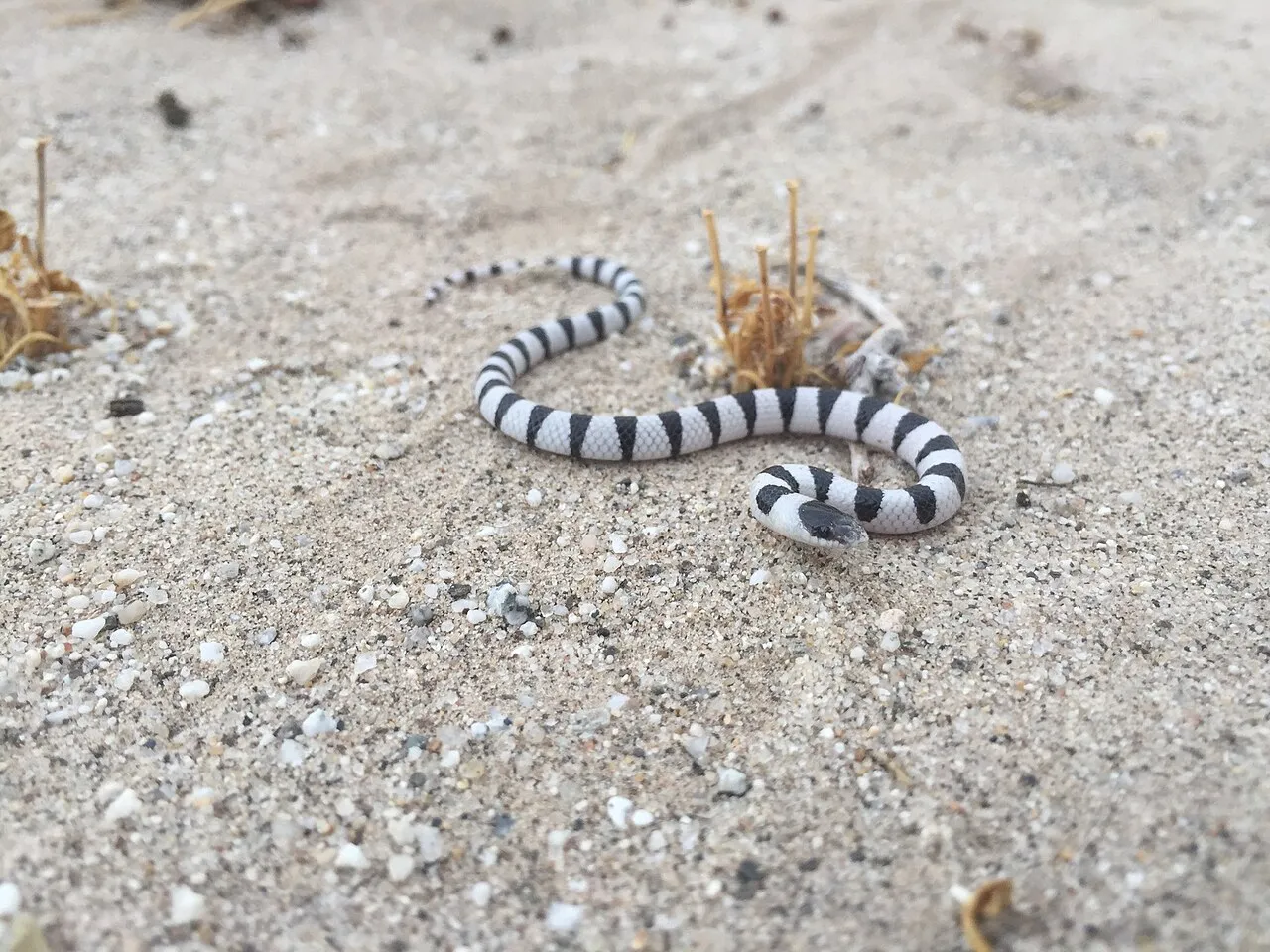
Details: Mojave shovel-nosed snakes are nocturnal and fossorial, spending much of their time burrowed underground or hidden beneath surface debris.
Importance: Behavioral patterns influence habitat use, activity patterns, and interactions with other species.
Ecological Implications: Fossorial behavior helps regulate body temperature and avoid predators, while nocturnal activity reduces exposure to diurnal predators and competition with other daytime-active species.
8. Sounds/Vocalization:
Details: Mojave shovel-nosed snakes are not known for vocalizations as they primarily rely on visual and chemical cues for communication.
Importance: Understanding communication methods aids in comprehending social interactions and reproductive behavior.
Ecological Implications: Lack of vocalizations suggests reliance on alternative communication methods such as body language and chemical cues, shaping social interactions and mate selection within the species.
9. Habitat:
Details: Mojave shovel-nosed snakes inhabit arid and semi-arid regions, including desert scrub, sandy flats, rocky outcrops, and creosote bush flats.
Importance: Habitat preference determines the snake’s distribution and abundance within its range.
Ecological Implications: Specialization to arid habitats suggests adaptations to limited water availability and extreme temperature fluctuations, influencing resource utilization and community structure within these ecosystems.
10. Geographic Range and Distribution:
Details: Mojave shovel-nosed snakes are found in the southwestern United States, primarily in California, Nevada, Arizona, and Utah, as well as in parts of northwestern Mexico.
Importance: Understanding the snake’s distribution helps in conservation planning and management strategies.
Ecological Implications: Range distribution reflects habitat suitability, species interactions, and responses to environmental factors such as climate change and habitat alteration.
11. Tracks:
Details: Mojave shovel-nosed snake tracks are typically not well-documented due to their secretive and burrowing nature.
Importance: Tracking methods can provide insights into movement patterns, habitat use, and population dynamics.
Ecological Implications: Limited tracking data may hinder comprehensive understanding of the snake’s spatial ecology and interactions with other species within its habitat.
12. Reproduction:
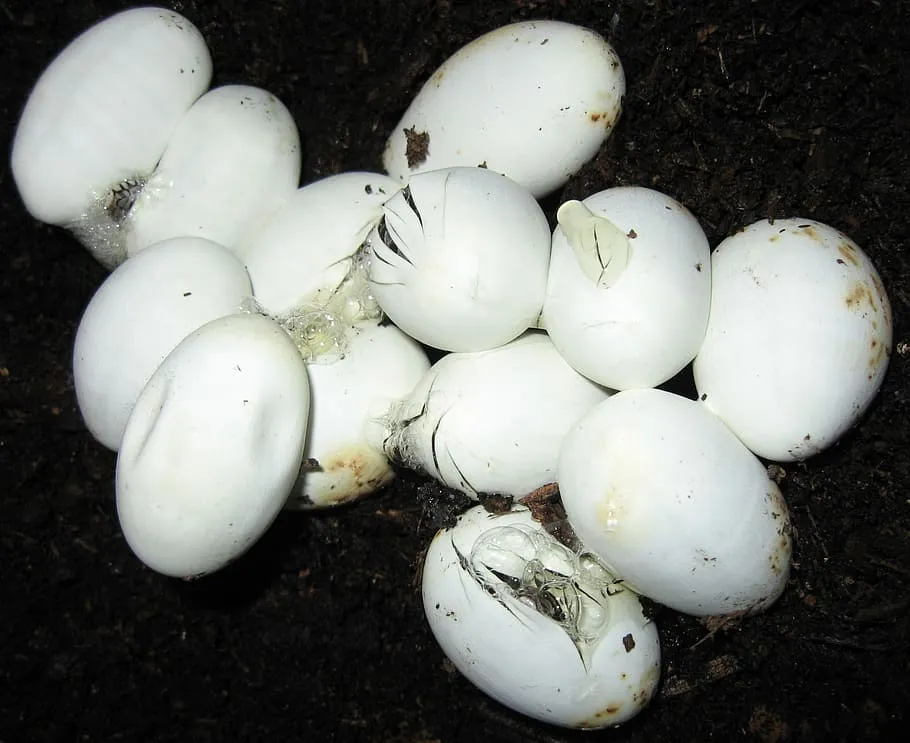
Details: Mojave shovel-nosed snakes are oviparous, laying eggs in underground burrows or concealed locations.
Importance: Reproductive strategies influence population dynamics and genetic diversity.
Ecological Implications: Oviparous reproduction likely involves adaptations to synchronize breeding with favorable environmental conditions, impacting population recruitment and resilience to environmental variability.
13. Lifespan:
Details: The lifespan of Mojave shovel-nosed snakes in the wild is not well-documented but is estimated to be several years.
Importance: Lifespan affects population turnover rates and demographic structure.
Ecological Implications: Longevity influences reproductive output, survival strategies, and the snake’s role in ecosystem functioning over time. Understanding lifespan helps assess population viability and conservation status.
14. Major Adaptations:
Details: Mojave shovel-nosed snakes have several adaptations for survival in arid environments, including a shovel-shaped snout for burrowing, cryptic coloration for camouflage, and nocturnal activity to avoid extreme daytime temperatures.
Importance: Adaptations help the snake exploit ecological niches and cope with environmental challenges.
Ecological Implications: Specialized adaptations enable Mojave shovel-nosed snakes to thrive in harsh desert conditions, influencing their interactions with prey, predators, and competitors within their habitat.
15. Conservation Status:
Details: Mojave shovel-nosed snakes are currently classified as Least Concern by the International Union for Conservation of Nature (IUCN), although specific populations may face localized threats such as habitat loss, fragmentation, and road mortality.
Importance: Conservation status assessment guides prioritization of conservation efforts and habitat management.
Ecological Implications: Monitoring conservation status helps ensure the preservation of Mojave shovel-nosed snake populations and their ecological roles within desert ecosystems.
16. Domestication and Suitability as a Pet:
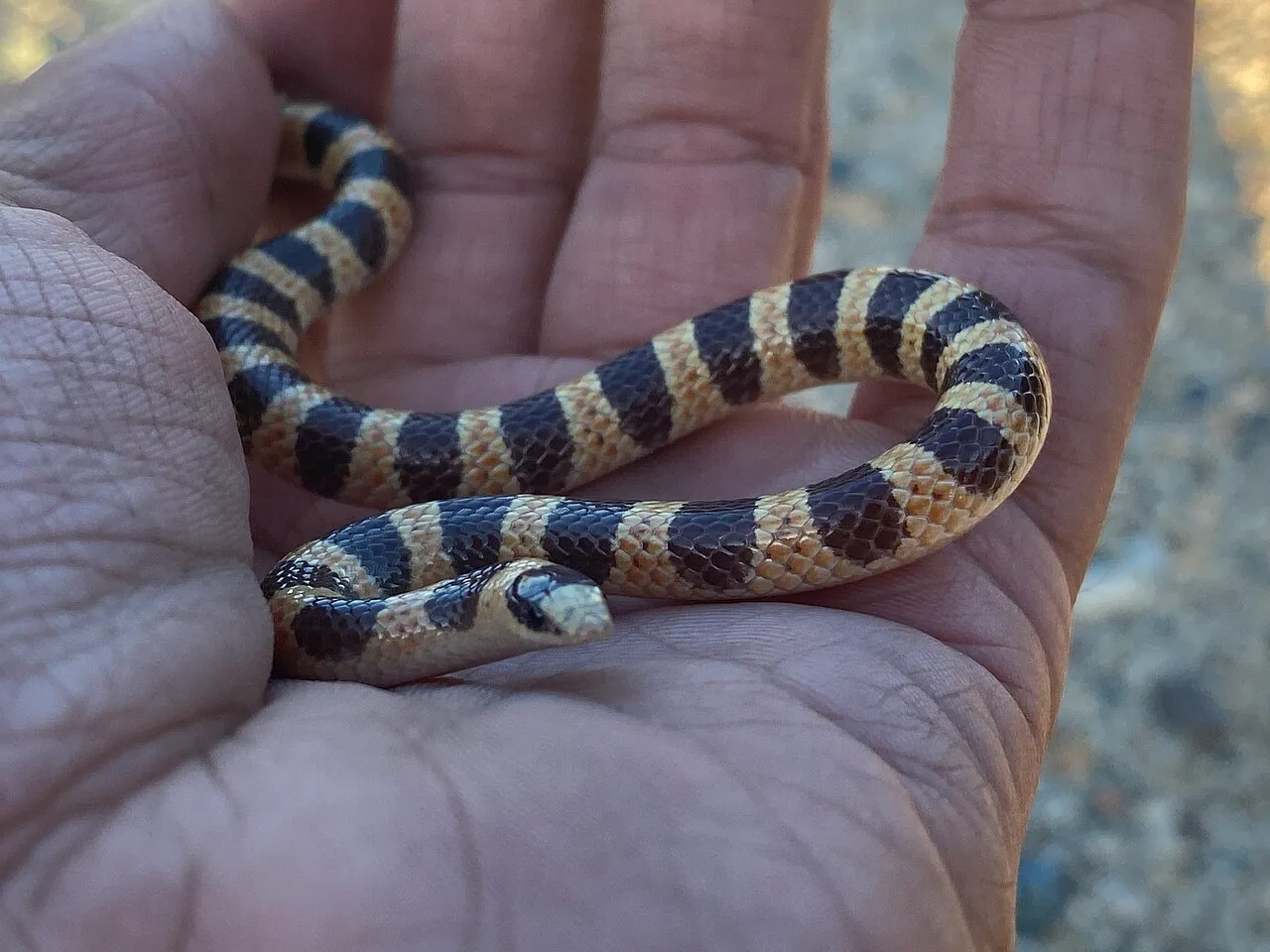
Details: Mojave shovel-nosed snakes are not commonly kept as pets due to their specialized habitat requirements and secretive nature. Additionally, wild-caught individuals may have difficulty adapting to captivity.
Importance: Evaluating suitability as a pet informs responsible pet ownership and wildlife conservation practices.
Ecological Implications: Discouraging the capture and trade of Mojave shovel-nosed snakes for the pet trade helps protect wild populations and preserve their ecological significance within their native habitats.
*Summary of Information On Mojave Shovel Nosed Snake
Mojave shovel-nosed snake (Chionactis occipitalis) is a reptile belonging to the family Colubridae, characterized by its shovel-shaped snout and slender body.
The species includes the recognized subspecies Chionactis occipitalis annulata.
These snakes typically measure between 12 to 20 inches in length and primarily feed on small prey such as lizards and insects.
Mojave shovel-nosed snakes have unique physical characteristics, including light brown to reddish-brown coloration with dark markings, adapted for camouflage and burrowing behavior.
They possess small, rear-facing teeth used for grasping prey rather than biting, indicating specialization for feeding on small vertebrates and invertebrates.
Nocturnal and fossorial behavior helps Mojave shovel-nosed snakes regulate body temperature, avoid predators, and minimize competition with diurnal species.
They inhabit arid and semi-arid regions, including desert scrub, sandy flats, and rocky outcrops, where they are adapted to limited water availability and extreme temperature fluctuations.
Distribution of Mojave shovel-nosed snakes spans the southwestern United States and parts of northwestern Mexico.
Reproduction is oviparous, with eggs laid in underground burrows or concealed locations, contributing to population dynamics and genetic diversity.
Lifespan in the wild is estimated to be several years, influencing population turnover rates and demographic structure.
Major adaptations include specialized anatomical features for burrowing, cryptic coloration for camouflage, and nocturnal activity to avoid extreme temperatures.
Conservation status is classified as Least Concern, although localized threats such as habitat loss and road mortality may impact specific populations.
Mojave shovel-nosed snakes are not commonly kept as pets due to specialized habitat requirements and difficulty adapting to captivity, with conservation efforts focused on preserving wild populations and their ecological significance.
